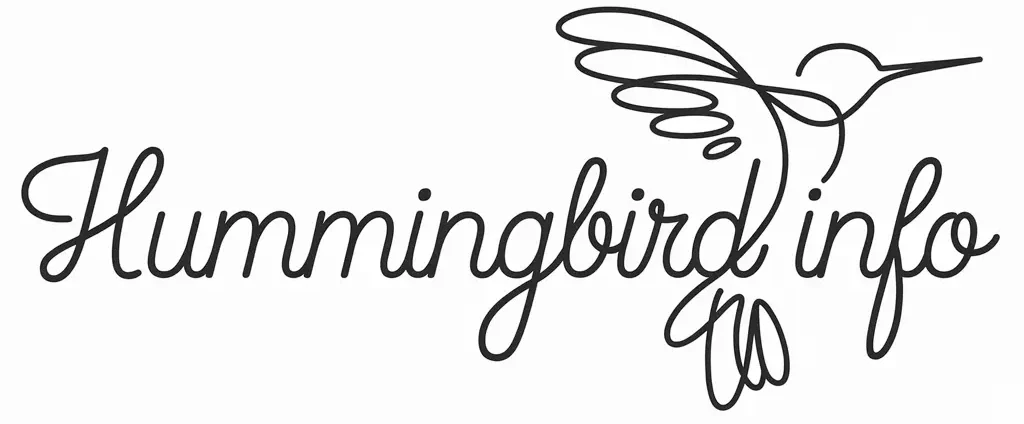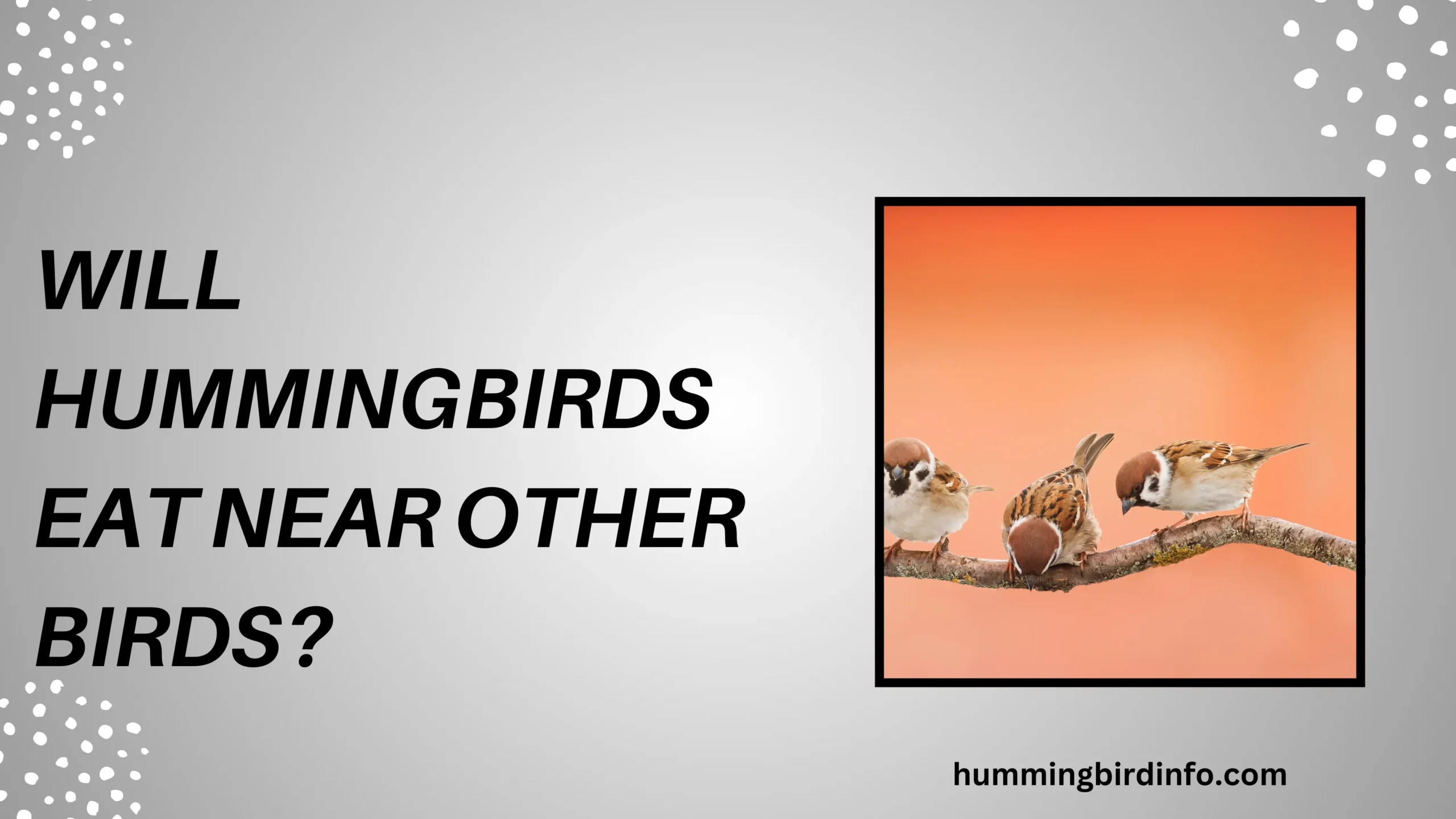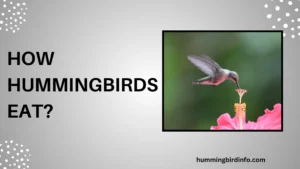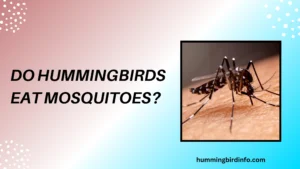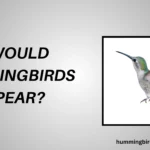Hummingbirds are often seen as tiny, dazzling jewels that flit from flower to flower, seemingly in their own world.
Their rapid wingbeats, bright colors, and daring acrobatics capture our imagination like few other creatures. But there’s an intriguing question that often arises for bird watchers and backyard feeders alike: Will hummingbirds eat near other birds?
Understanding the behavior of hummingbirds around other birds isn’t just a curiosity—it’s vital for anyone hoping to create a harmonious backyard haven.
If you’ve ever set up feeders or planted nectar-rich flowers, you know that bird dynamics can quickly become complicated. Learning how hummingbirds interact with other species helps ensure a safe, thriving space for all our feathered friends.
In this blog post, we’ll dive deep into the fascinating behaviors of hummingbirds when they encounter other birds during feeding. You’ll learn about their territorial instincts, how they communicate, why they sometimes fight—and sometimes peacefully coexist.
If you love birds and want to truly understand these energetic little creatures, keep reading!
Contents
- 1 Understanding Hummingbird Feeding Ecology
- 2 The Spectrum of Interactions: Hummingbirds and Other Birds
- 3 Sensory World and Communication in Interspecies Interactions
- 4 Case Studies and Examples
- 5 Implications for Backyard Bird Feeding and Conservation
- 6 Conclusion
- 7 FAQs
- 7.1 1. Are hummingbirds territorial around feeders?
- 7.2 2. Will hummingbirds ever share feeders with other birds?
- 7.3 3. Do other birds scare hummingbirds away from feeders?
- 7.4 4. Can hummingbirds recognize individual birds?
- 7.5 5. How can I reduce aggression at my hummingbird feeders?
- 7.6 6. Will hummingbirds leave if there are too many other birds around?
Understanding Hummingbird Feeding Ecology
Hummingbirds depend on nectar as their primary fuel, with its high sugar content providing instant energy for their astonishing metabolism. Their long bills and specialized tongues are perfectly adapted for reaching deep into flowers for sweet rewards. Without constant refueling, these tiny birds would quickly burn out.
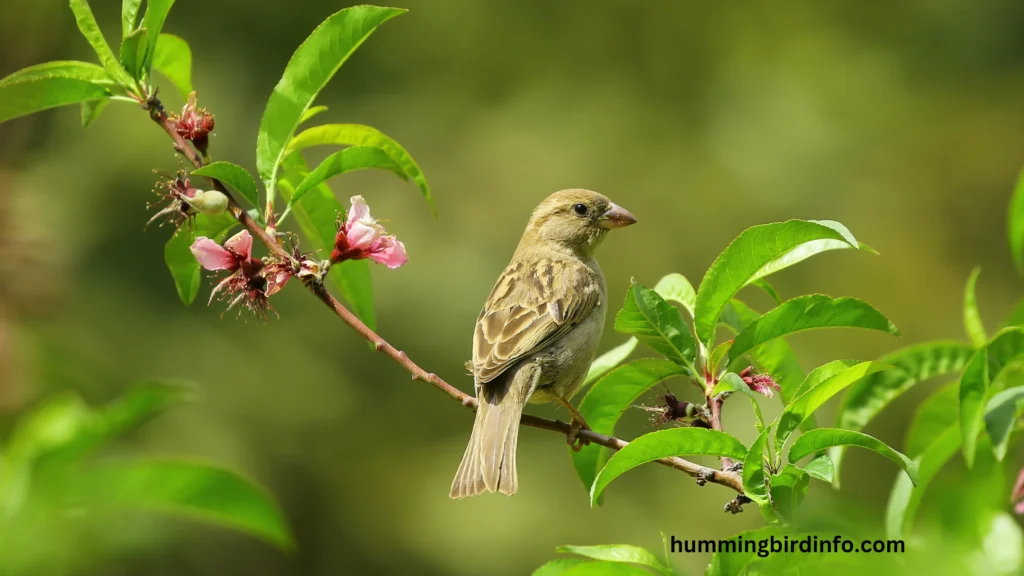
Their feeding strategies are not random; hummingbirds often use traplining, which means visiting a set path of flowers over and over. Some defend territories fiercely, chasing away any intruders to guard their favorite nectar spots. Other times, they feed opportunistically, darting between flowers and feeders whenever they can.
Several factors attract hummingbirds to certain feeding areas: nectar abundance, flower shape, and protection from predators. In backyard settings, sugar-water feeders mimic natural nectar sources but also sometimes create unexpected social tensions among birds.
The Spectrum of Interactions: Hummingbirds and Other Birds
Hummingbirds are known for their aggressive territorial behavior, especially males determined to protect a rich feeding ground. They will dive-bomb, chase, and scold not only other hummingbirds but also much larger birds like jays or woodpeckers. Defending prime spots is crucial for survival and mating success.
Competition between hummingbirds and other birds happens when they seek the same nectar-rich flowers or sugar feeders. Larger birds might outmuscle smaller ones, but hummingbirds compensate with speed, agility, and tenacity. Size isn’t everything when you’re fast and fearless.
Surprisingly, tolerance can sometimes win over aggression, especially when food is abundant. Some hummingbirds learn that sharing doesn’t harm their chances of survival, leading to peaceful coexistence. You might even see multiple species feeding side by side during heavy blooming seasons.
Predation risk is another big reason hummingbirds might avoid feeding near bigger birds. Raptors, jays, and even larger insectivorous birds sometimes prey on hummingbirds. Being near other birds could either increase danger—or sometimes help through “safety in numbers”.
Finally, every interaction is shaped by context and individual experience. A young, inexperienced hummingbird may react differently from a wise old veteran. Learned behaviors and environmental conditions make every feeding moment unpredictable and unique.
Sensory World and Communication in Interspecies Interactions
Hummingbirds have incredible sensory abilities that help them navigate the complex world of bird interactions. Their vision is fine-tuned to spot bright colors, especially red and orange, and their hearing picks up even soft rustles or wing sounds. Sharp senses help them detect potential threats early.
Communication is key when hummingbirds confront or cooperate with other birds. They use vocalizations like chirps and trills, as well as aerial displays, to signal aggression, warning, or curiosity. Their tiny bodies can project an amazing variety of messages without words.
Every feeding ground becomes a mini information hub, where birds constantly read signals, scents, and visual cues. Hummingbirds don’t just react to others—they predict and adjust based on past encounters. Learning quickly helps them avoid trouble and maximize feeding success.
Sometimes, subtle sensory cues like a slight flick of wings or a cautious approach reveal that a hummingbird is assessing the risk before committing to feed. If tension rises, they might retreat quietly, saving energy for another chance. Survival demands constant alertness.
In places with multiple feeders, hummingbirds often pick quieter spots or feed during less busy times. Their ability to adapt and find the right moment to feed shows just how complex and clever these tiny creatures really are.
Case Studies and Examples
The Ruby-throated Hummingbird, common across eastern North America, is famous for its territorial squabbles. Males fiercely guard feeders and flowers but might tolerate smaller, less competitive birds nearby if food is plentiful.
In contrast, the Anna’s Hummingbird of the western US often shows more flexibility, especially in urban gardens. They may share space with sparrows, warblers, and even mockingbirds if human-provided feeders lessen the need for fighting.
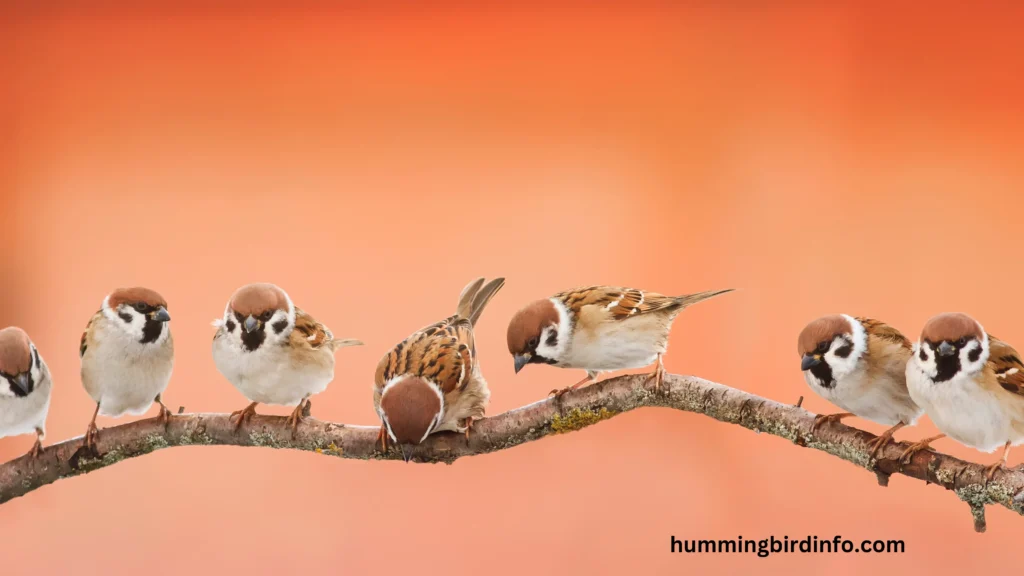
The feisty Rufous Hummingbird has a well-earned reputation for being one of the most aggressive hummingbird species. These birds will chase anything that dares approach “their” flower patch—even butterflies or bees aren’t safe!
One fascinating species, the Sword-billed Hummingbird, with its absurdly long beak, has specialized to feed on flowers no other bird can reach. This unique adaptation reduces direct competition, letting them feed with less interference from other birds.
Smart placement of multiple feeders can dramatically reduce fighting and increase harmony in your backyard. Giving birds more options—and spacing feeders apart—encourages a better chance for peaceful coexistence.
Implications for Backyard Bird Feeding and Conservation
If you want to support hummingbirds, design your garden carefully. Use multiple feeders, place them out of direct sight from each other, and plant nectar-rich flowers like Salvia, Bee Balm, and Honeysuckle.
Minimizing negative interactions means understanding how much personal space hummingbirds prefer. Avoid clustering feeders too closely and offer plenty of perches and sheltered areas to lower stress levels.
Finally, appreciating the feeding behavior of hummingbirds in a shared environment leads to better conservation efforts. By creating safe, resource-rich habitats, we help not just hummingbirds but also many other vulnerable bird species thrive.
Conclusion
Hummingbirds are complex, fascinating creatures whose interactions with other birds reveal a delicate balance between aggression and tolerance. Whether fiercely guarding their nectar or subtly adapting to a crowded garden, they show a range of behaviors shaped by instinct, learning, and environment.
Their relationships with other birds aren’t fixed—they shift depending on food availability, threat levels, and individual experiences. By understanding these dynamics, we can better support hummingbirds and foster more natural, healthy environments for them to flourish.
Creating spaces where hummingbirds can feed peacefully, share resources wisely, and avoid unnecessary stress contributes to stronger ecosystems and a deeper appreciation of nature’s hidden dramas. The world of hummingbirds, tiny but mighty, continues to amaze and inspire!
FAQs
1. Are hummingbirds territorial around feeders?
Yes, especially males who fiercely defend rich nectar sources from rivals and sometimes even from much larger birds.
Sometimes, particularly when food is abundant or when they’ve learned that sharing poses no serious threat.
3. Do other birds scare hummingbirds away from feeders?
Occasionally, larger aggressive birds like woodpeckers or jays can intimidate hummingbirds, causing them to seek quieter spots.
4. Can hummingbirds recognize individual birds?
Likely yes—they have excellent memories and seem capable of distinguishing between different birds based on behavior or size.
5. How can I reduce aggression at my hummingbird feeders?
Place multiple feeders far apart, use natural barriers like plants to block sightlines, and offer abundant resources.
6. Will hummingbirds leave if there are too many other birds around?
If stressed, hummingbirds may temporarily leave an area, but they’ll usually return if there’s still enough safe food available.
